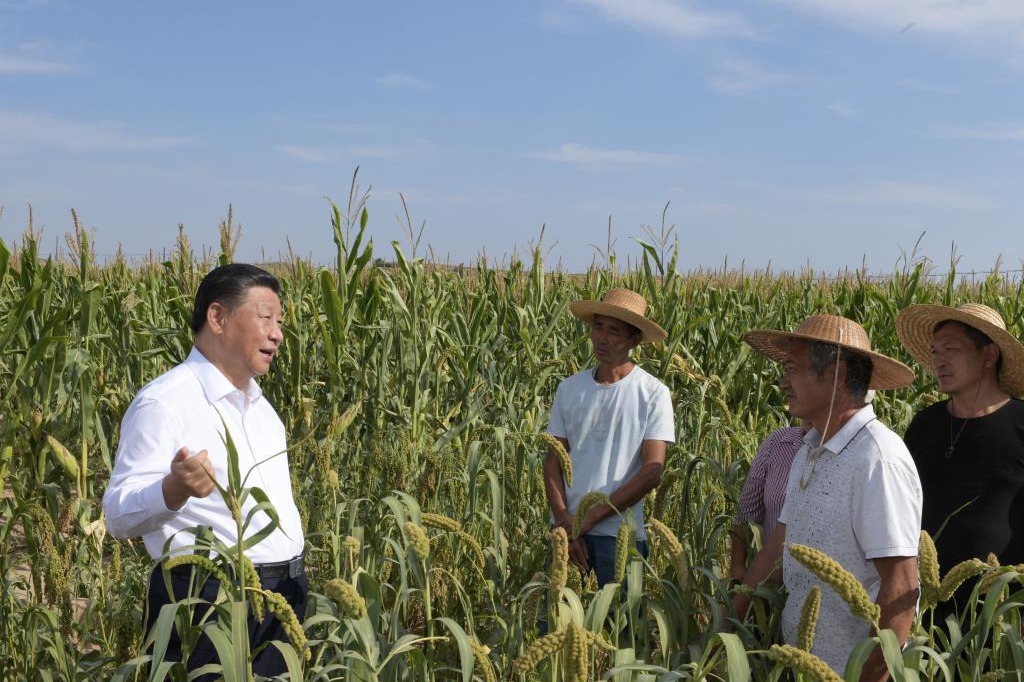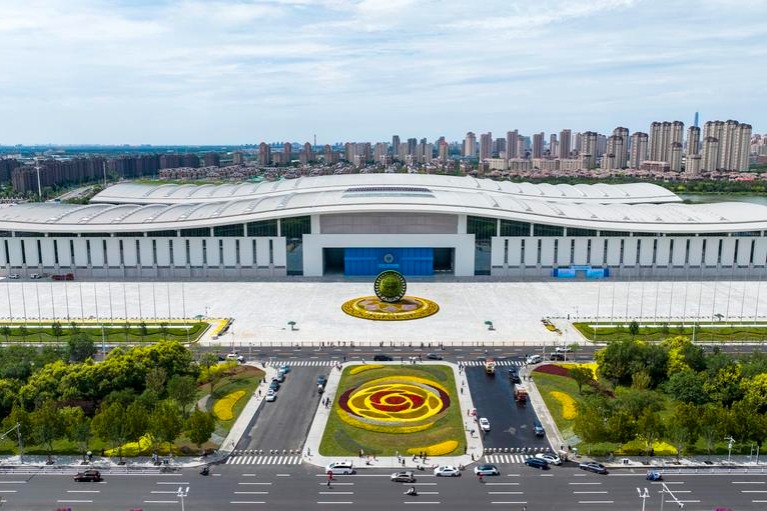Guidelines for governing Xinjiang yield fruits


Editor's note: The implementation of the Communist Party of China guidelines for governing the Xinjiang Uygur autonomous region in the new era exemplifies "China's governance". Niu Ruji, former vice-president of the Xinjiang Normal University, told China News Service that the strategy integrates the civilizational roots of China with innovations in modern governance. Below are excerpts from the interview. The views don't necessarily represent those of China Daily.
Since ancient times, China's governance of border regions has always been an extension of the country's unity in diversity. In the new era, the CPC's guidelines for governing Xinjiang have transformed this historical continuity into the foundation of modern governance. The Chinese philosophy of "harmony without uniformity" finds expression in Xinjiang. It is about building consensus through shared cultural symbols.
The guidelines in the new era inherit the historical wisdom of successive central governments in governing Xinjiang and adapt it to the new context of socialism with Chinese characteristics. It is a leap from traditional border region rule to a modern governance system. The people-centered orientation is consistent with the traditional Chinese principle of "the people are the foundation of the state", while its emphasis on rule of law and systematic approach responds to the practical demands of governing Xinjiang today.
The key to enriching people's lives is transforming the vision of common prosperity into a closed loop of "industry-employment-income". To this end, Xinjiang is developing modern industry clusters and adapting them to local conditions, even as vocational training programs enhance the employability of local youth.
The Party's guidelines for governing Xinjiang are a fundamental break from the outdated notion of "border regions as special governance zones". Instead, Xinjiang is seen as an integral component of China's national governance system, which is reflected in the political, economic and ecological transformation of the region.
The essence of innovation is to transform the goal of forging a strong sense of community for the Chinese nation into an institutional framework. The governance has shifted from merely "maintaining order" to "building shared values". Economically, Xinjiang has become a new hub for opening-up.
As an ecological security barrier, Xinjiang's innovations draw from the Chinese wisdom of "following the way of nature". The central objective is to help people get rich through ecological ways. Initiatives such as the "scenic area plus village" model allow local communities to share the benefits of tourism, turning "lucid waters and lush mountains" into "invaluable assets".
Ultimately, the Party's guidelines for governing Xinjiang in the new era represent the flourishing of Chinese wisdom. Xinjiang's development in the new era reaffirms a truth: the vitality of Chinese civilization is in its ability to embrace diversity within unity, and to achieve unity through diversity.

































